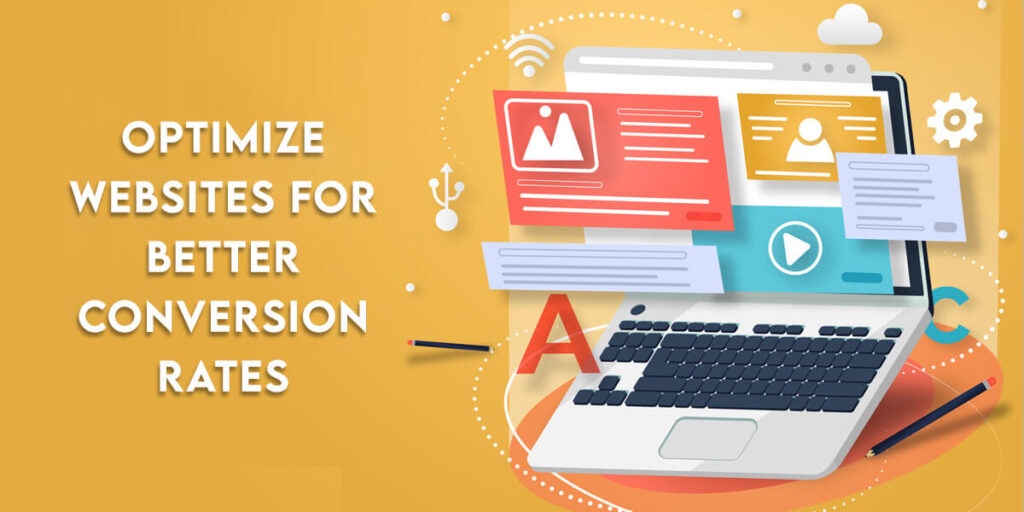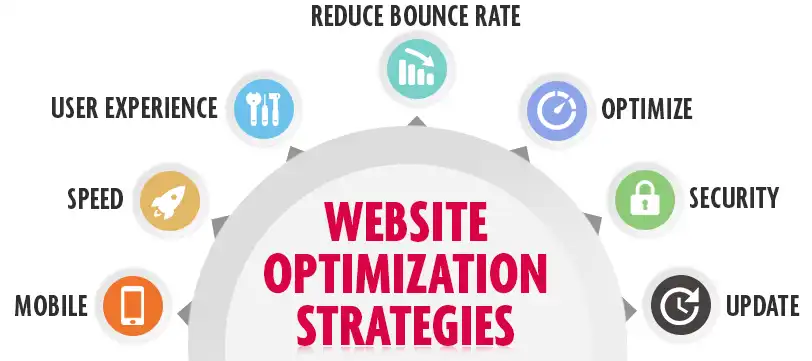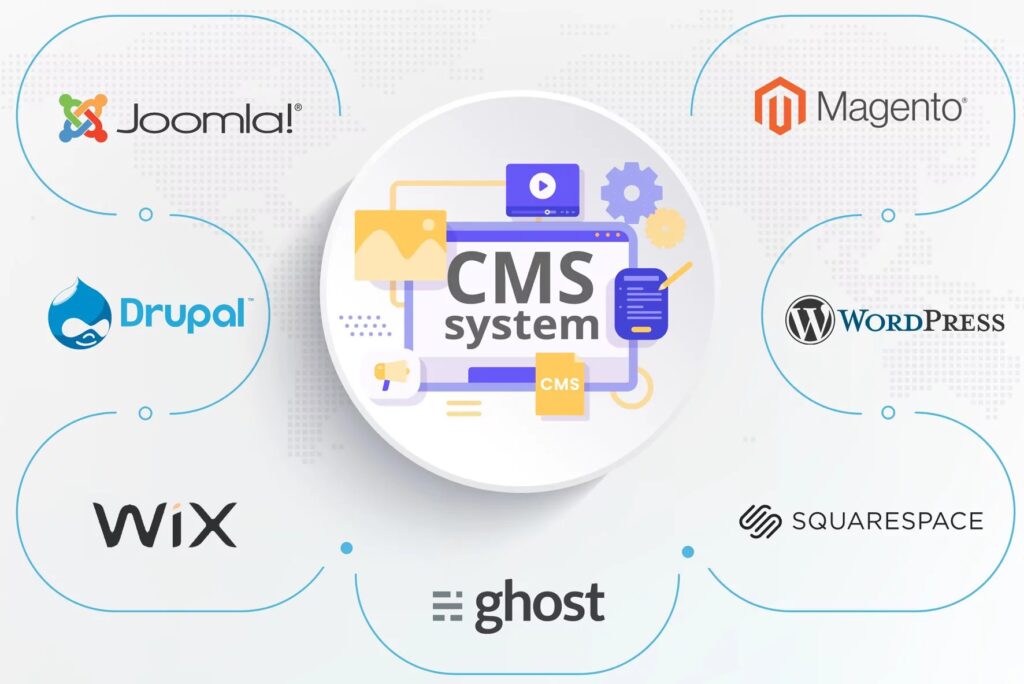In the fast-paced digital era, the speed and performance of your website play a crucial role in retaining visitors and improving search engine rankings.
Slow-loading websites not only frustrate users but also impact your business’s credibility. In this guide, we will explore effective strategies to optimize and speed up your website, ensuring a seamless user experience.
In a nutshell 💡:
We checked out more than a million email marketing campaigns from the US, UK, Australia, and Canada. Here’s the lowdown:
- What’s the popular day for hitting the send button?
Most email marketers like for Tuesday, Wednesday, and Thursday.
2. Which day gets the most people opening their emails?
Thursday wins the prize for the highest open rate, with Monday not far behind.
3. When during the day do people open emails the most?
The hot times are between 9AM-12PM, and another spike between 12PM-3PM.
Understanding the Importance of Website Optimization
Why Optimize and Speed Up Your Website Matters
Website optimization is not just a technical concern; it directly influences user satisfaction, conversion rates, and search engine visibility. Google considers page speed as a ranking factor, meaning that faster websites are more likely to appear in top search results. Visitors expect instant access to information, and if your site lags, they might abandon it in favour of faster alternatives.

Impact on SEO
Search engines, like Google, consider website speed as a crucial factor in their ranking algorithms. Faster-loading websites are more likely to rank higher in search results, leading to increased visibility and organic traffic. Incorporating optimization techniques not only improves user experience but also positively influences your website’s search engine optimization (SEO).
The Impact of Website Speed on User Experience
Bounce Rates and User Engagement
A sluggish website often leads to higher bounce rates, where visitors leave your site without exploring other pages. Optimizing your website’s speed can significantly reduce bounce rates, keeping users engaged and encouraging them to explore your content.
Conversion Rates and Revenue
Studies have shown that even a one-second delay in page load time can result in decreased conversion rates. Speeding up your website can directly impact your bottom line by increasing the likelihood of visitors converting into customers.

Key Strategies for Website Optimization

Conduct a Website Speed Test
Choosing the Right Tools for Speed Testing
Before diving into optimization strategies, it’s crucial to assess your website’s current speed. Numerous online tools, such as Google PageSpeed Insights and GTmetrix, provide detailed reports on your website’s performance. These tools analyze factors like page load times, server response times, and overall user experience.
Optimize Images for Web
Importance of Image Compression
Images are often the largest elements on a webpage, contributing significantly to its load time. Compressing images without compromising quality is a key strategy to optimize your website. Utilize tools like Adobe Photoshop or online platforms like TinyPNG to reduce image file sizes.
Implement Lazy Loading
Lazy loading is a technique where images load only when they come into the user’s viewport. This not only improves initial page load times but also conserves bandwidth for users who don’t scroll through the entire page.
Minimize HTTP Requests
Combining CSS and JavaScript Files
Each element on a webpage, such as images, stylesheets, and scripts, requires a separate HTTP request. Minimize these requests by combining CSS and JavaScript files. This reduces the number of round-trips between the user’s browser and your server, speeding up the overall loading process.
Browser Caching for Faster Return Visits
Enable browser caching to store frequently accessed resources on a user’s device. This allows subsequent visits to your website to load faster as the browser retrieves stored elements instead of downloading them again.
Optimize Server Performance
Choose a Reliable Hosting Provider
The choice of hosting provider plays a significant role in your website’s speed. Opt for a reliable hosting provider that offers sufficient bandwidth and resources. Consider using Content Delivery Networks (CDNs) to distribute your website’s content across multiple servers worldwide, reducing latency for users in different locations.
A Content Delivery Network (CDN) is a distributed network of servers strategically positioned worldwide. CDNs store and deliver static content, such as images and stylesheets, from servers closest to the user’s location. This minimizes latency and significantly improves loading times for users across different geographical locations.
Enable Gzip Compression
Compressing your website’s files with Gzip reduces the size of data transferred between the server and the user’s browser. This not only speeds up page loading times but also reduces server response times.
Prioritize Critical Rendering Path
Optimize Above-the-Fold Content
Critical rendering path optimization focuses on delivering the most essential content to users quickly. Identify and prioritize above-the-fold content, ensuring that the crucial elements load first. This gives users immediate access to the primary information on your webpage.
Minimize Render-Blocking Resources
Render-blocking resources, such as JavaScript and CSS files, delay the rendering of a webpage. Minimize these delays by deferring the loading of non-essential scripts or using asynchronous loading techniques.
Testing and Continuous Improvement

Regularly Monitor and Test Your Website
Set Up Performance Monitoring
After implementing optimization strategies, it’s vital to continuously monitor your website’s performance. Use tools like Google Analytics and other performance monitoring services to track key metrics such as page load times, bounce rates, and conversion rates.
Conduct A/B Testing
A/B testing involves comparing two versions of a webpage to determine which performs better. Test variations of your website’s elements, such as images, headlines, or call-to-action buttons, to identify improvements that positively impact user engagement and conversion rates.
Regular Website Audits (Conducting Performance Audits)
Regularly auditing your website’s performance is essential for ongoing optimization. Use online tools like Google PageSpeed Insights, GTmetrix, or Pingdom to analyze various performance metrics. These tools provide insights into areas that need improvement, helping you fine-tune your optimization strategies.
Mobile Optimization
Responsive Design
With a growing number of users accessing websites on mobile devices, optimizing for mobile is no longer optional. Implement a responsive design that adapts to different screen sizes, ensuring a seamless and fast user experience across all devices.
AMP (Accelerated Mobile Pages)
Responsive Design
Consider implementing Accelerated Mobile Pages (AMP) for content-heavy pages. AMP is an open-source initiative that creates lightweight versions of web pages, prioritizing speed and efficiency on mobile devices.
Keep Your Website Software Updated
Content Management System (CMS) Updates
If your website operates on a CMS like WordPress, ensure that you regularly update both the core system and plugins. Developers frequently release updates to address security issues, improve performance, and introduce new features.

Monitor Third-Party Integrations
External scripts and plugins can impact your website’s speed. Regularly review and update third-party integrations to ensure compatibility with the latest web standards and optimal performance.
Conclusion
In the competitive online landscape, a fast and optimized website is not just a luxury; it’s a necessity. By understanding the importance of website speed, implementing key optimization strategies, and continuously testing and improving, you can create a seamless and enjoyable user experience that contributes to higher search engine rankings and increased business success. Remember, the journey to optimize and speed up your website is an ongoing process, and staying proactive will keep your digital presence ahead of the curve.

